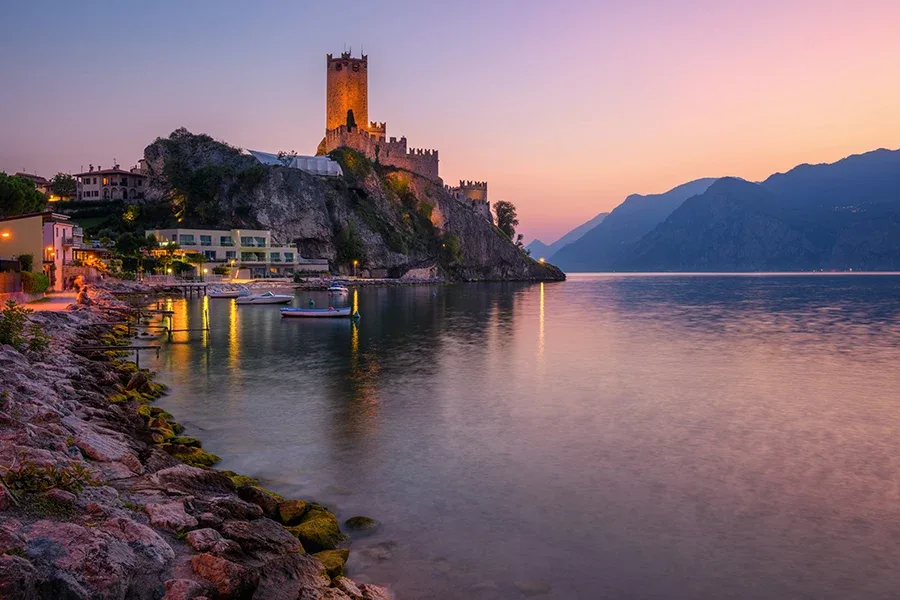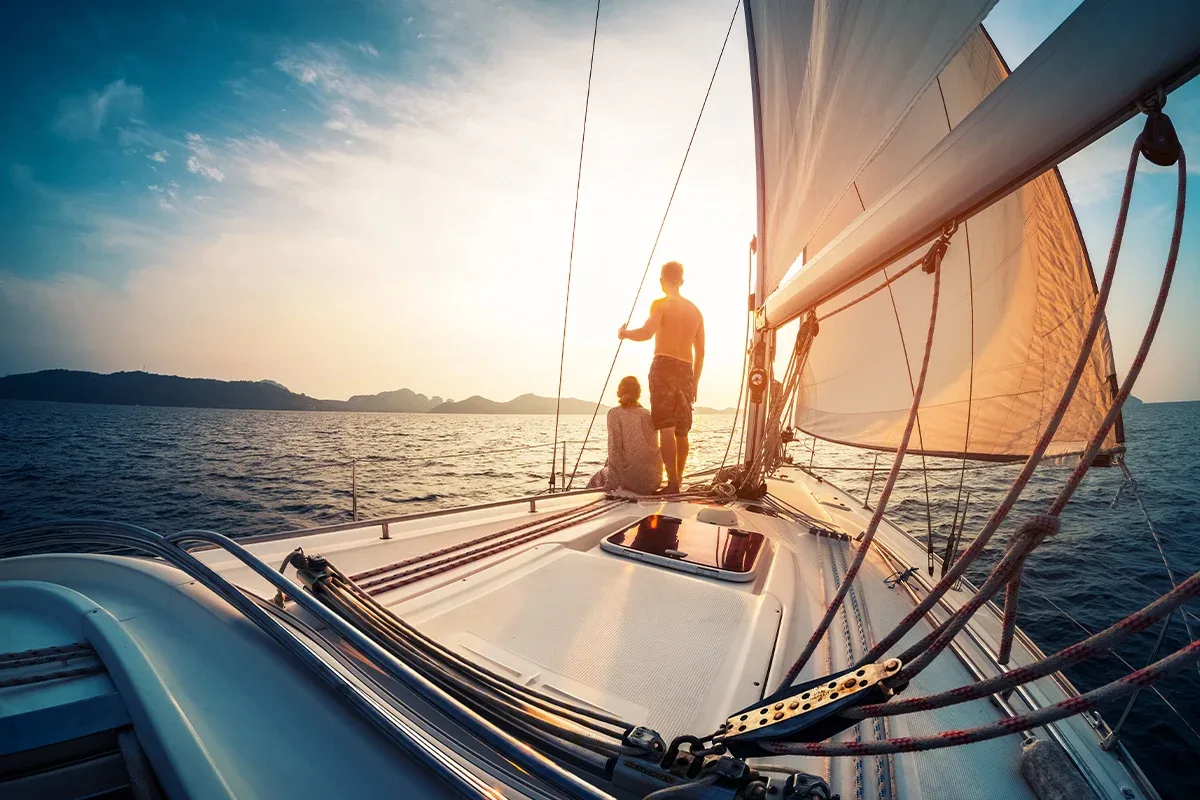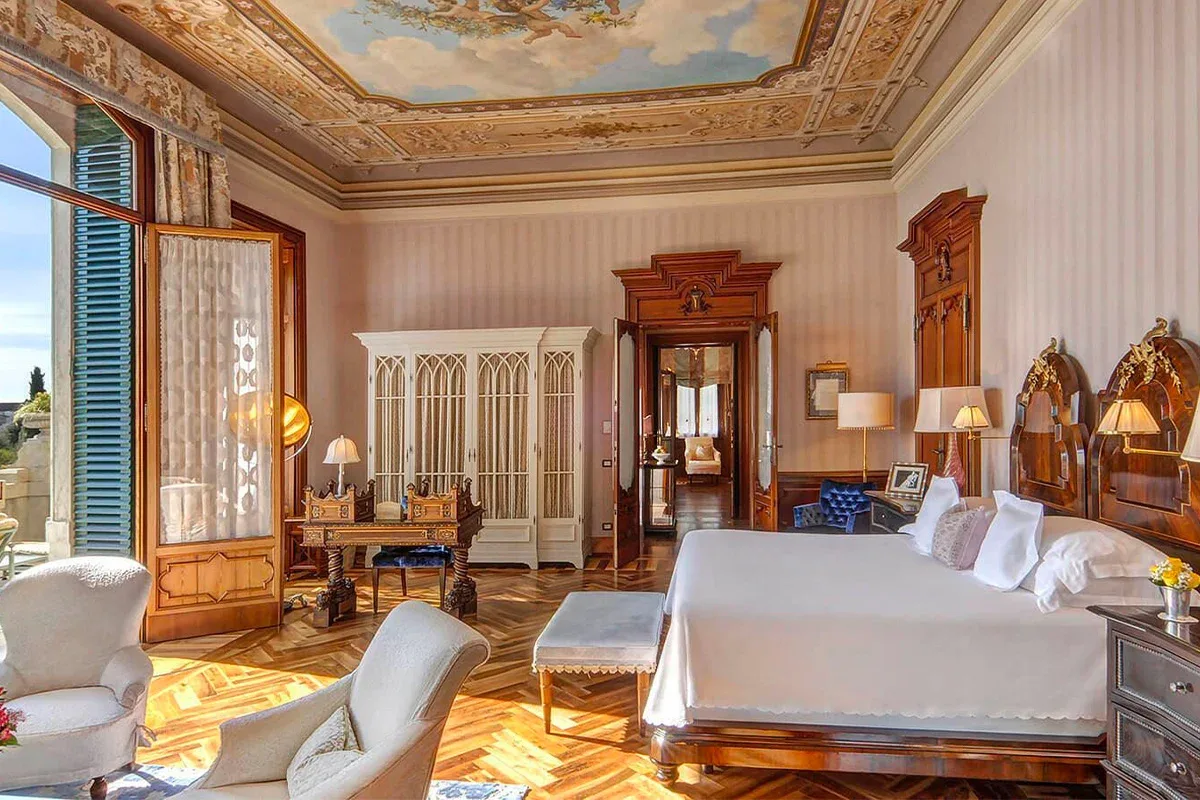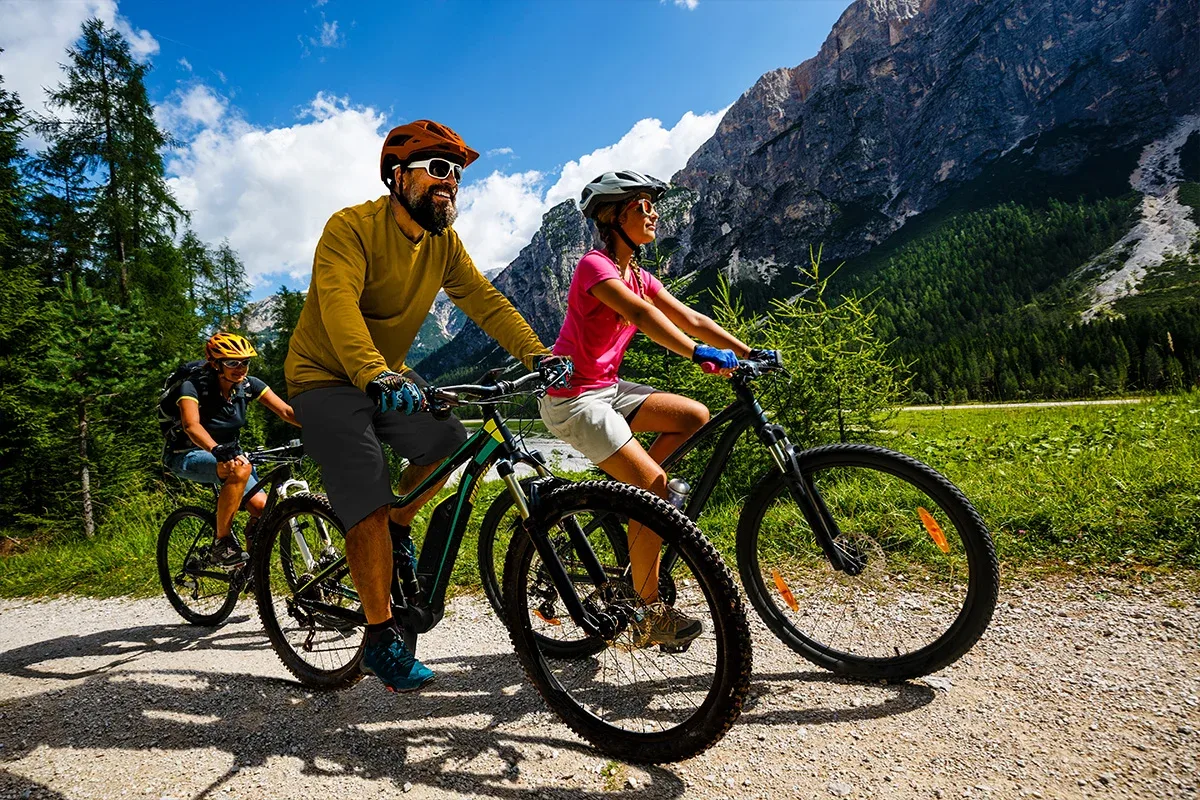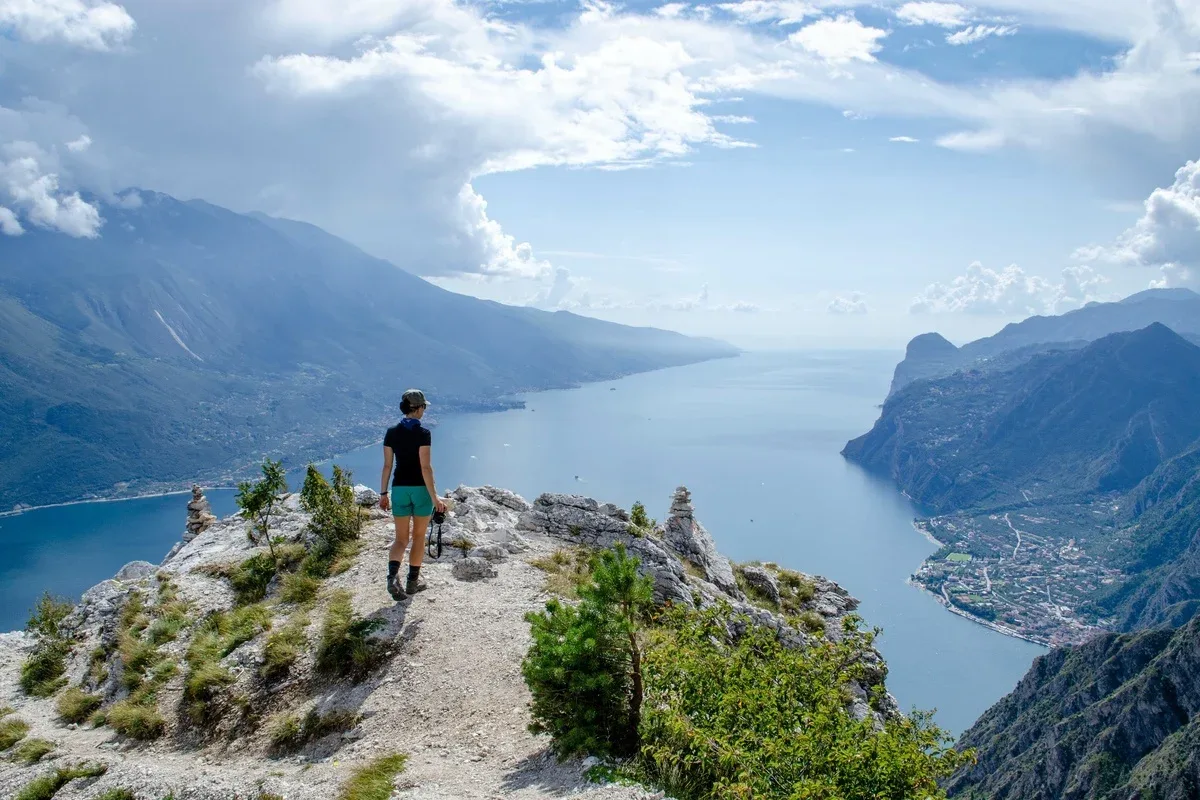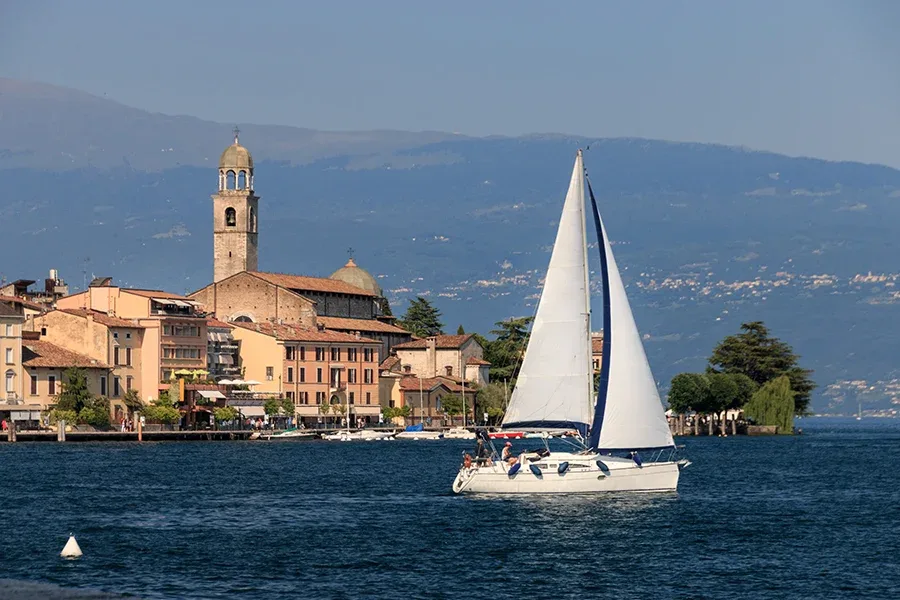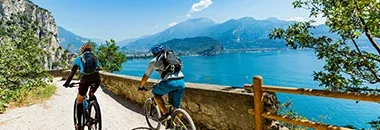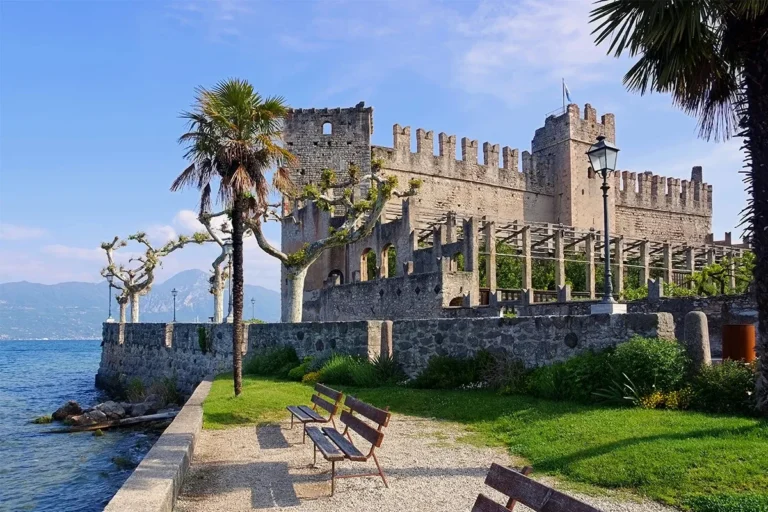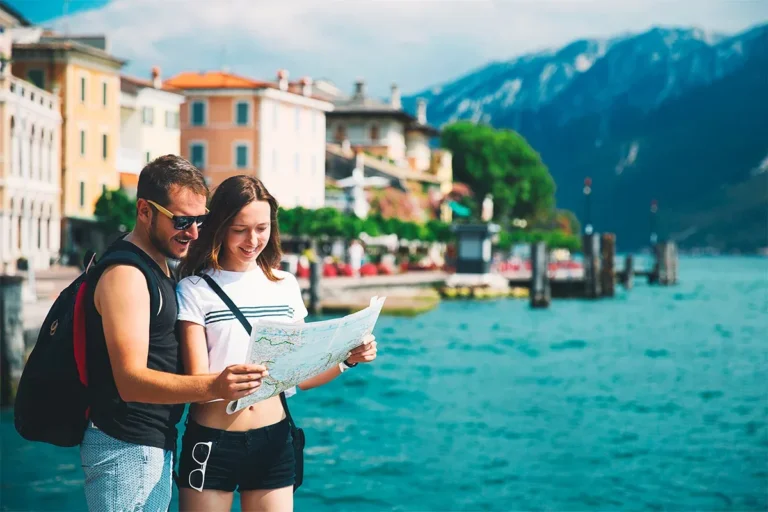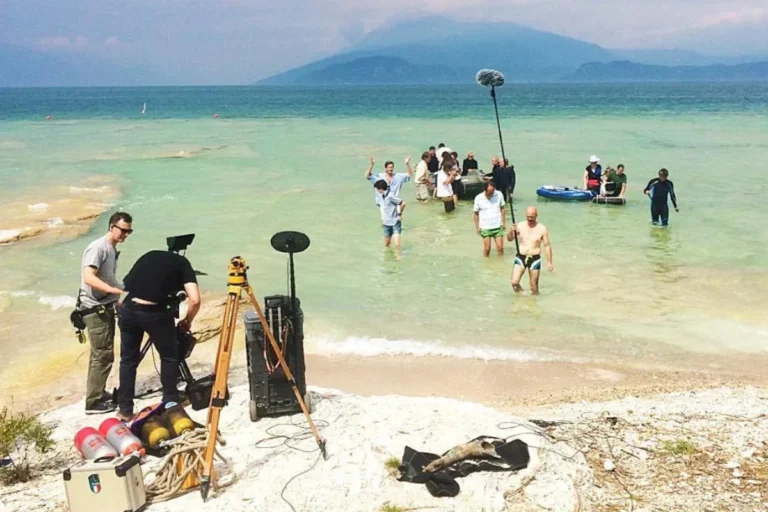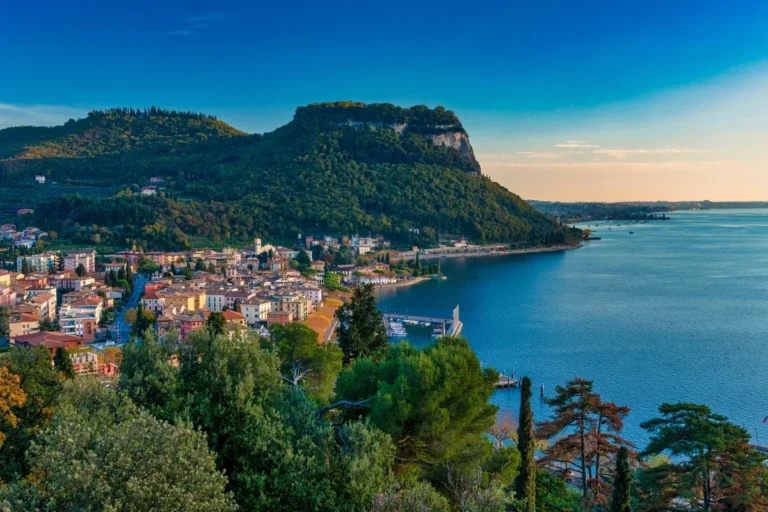When it comes to Lake Garda, there’s more than just blue waters and jaw-dropping views. Behind the Instagram-worthy scenery, there’s a deep well of culture and history that spans centuries. If you’ve ever found yourself floating on the lake’s surface, gazing up at the surrounding hills, have you stopped to think about the ancient civilizations, feuding families and even the odd pirate raid that took place here? Yeah, I didn’t either at first! But once you start digging (or should I say paddling), the fascinating past of this region is hard to ignore.
So, let’s embark on a journey – without sounding too much like a tour guide, I promise – to uncover some of the best stories and cultural highlights surrounding Lake Garda. From Roman ruins to medieval castles, from Napoleon to Mussolini, there’s a lot to unpack. Believe me, it’s anything but boring.
You might even walk away with a few fun facts that’ll make you look like a Lake Garda expert next time you’re sipping wine with friends, casually mentioning how Dante Alighieri (yes, that Dante) might have been inspired by this very place. Ready? Let’s go.
Top Lake Garda Guided Tours
A Brief Dip into History
Before Lake Garda became a favorite summer destination, it was home to some of the most powerful civilizations in history. We’re talking about the Romans, Longobards, Venetians, and later on, the Austrians. It’s like a who’s who of European history – all passing through or ruling over this stretch of water. But let’s rewind even further.
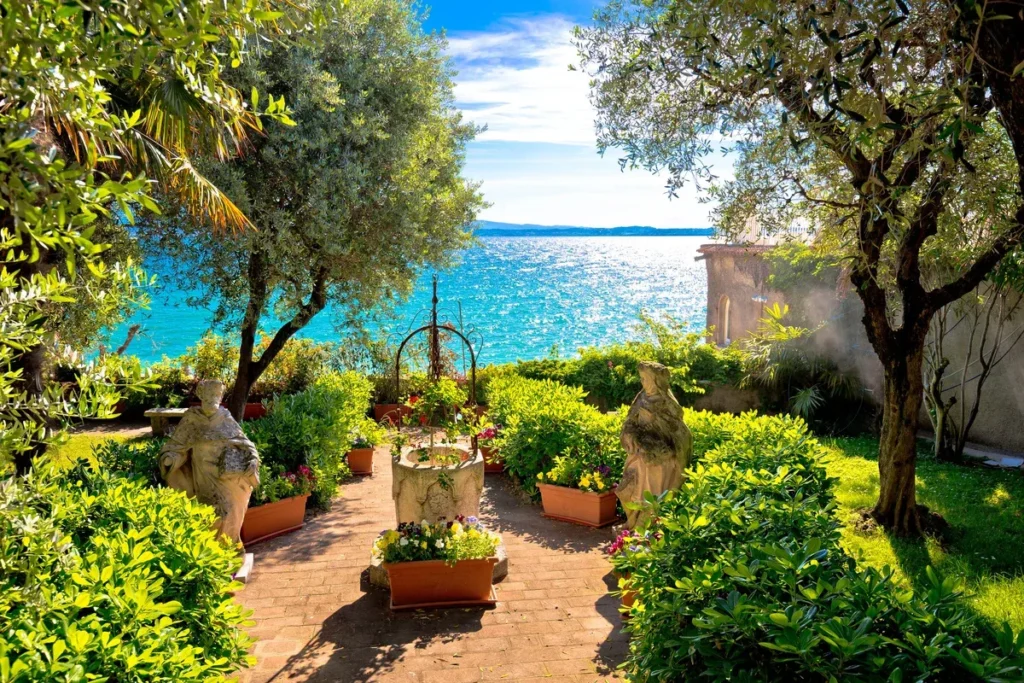
Did you know that people were living around Lake Garda as early as the Paleolithic era? Archaeologists have found tools and remains that show how early humans hunted, fished and basically survived here long before any mention of Caesar. Imagine trying to fish for your dinner without a fancy rod or fish finder – now that’s dedication.
By the time we hit around 200 B.C., the Romans had their eyes on the area and Lake Garda was the perfect getaway for them too. They weren’t just chilling by the water; they were building epic villas all around the shores. Some of the remains, like the Grotte di Catullo in Sirmione, are still standing today. These lavish homes were full-on palaces with sprawling gardens, intricate mosaics and baths. I guess even back then, it was all about the luxury lifestyle.
One of the most famous figures linked to these Roman remains is the poet Catullus, who may or may not have spent some time vacationing in Sirmione. Even if it was his family’s summer home, the ruins are still called the Grotte di Catullo, so it’s a good excuse to brush up on your ancient Roman poetry while soaking in the lake views.
When the Romans Came Knocking
By the time the Romans settled into the Lake Garda area, they were in full empire-building mode. They constructed entire infrastructure systems that connected the lake to the rest of Italy and beyond. They even introduced a sophisticated road network, parts of which still survive today. It’s kind of wild to think that the road you drive on to reach your Airbnb might have been used by Roman soldiers centuries ago.
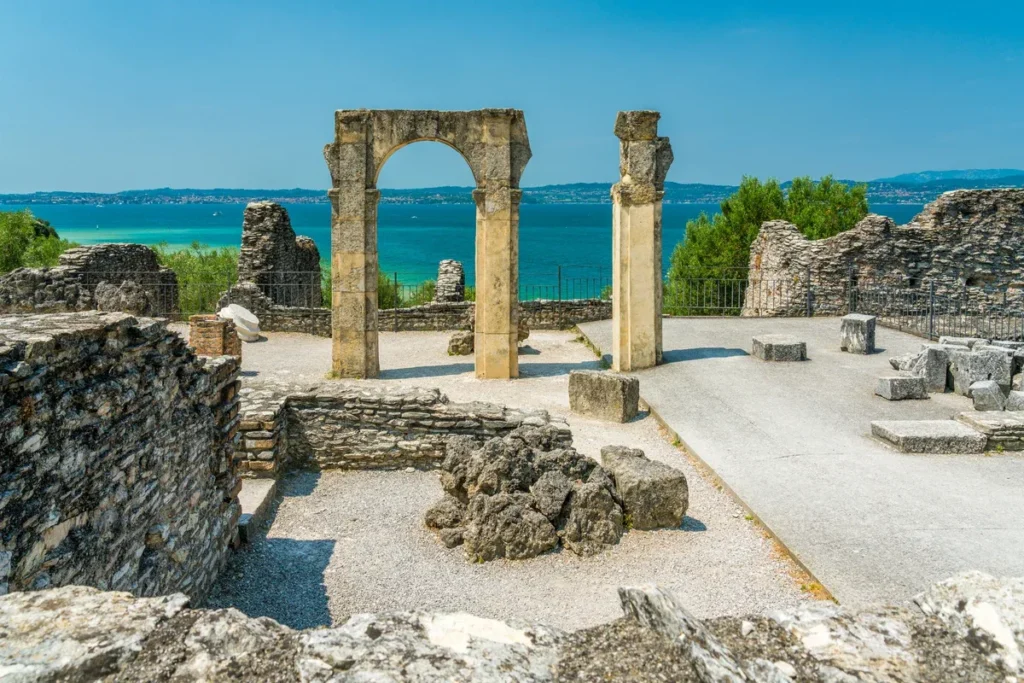
With their focus on leisure and luxury, the Romans also started introducing a few fun things to the region, like viticulture (wine-growing, for those who prefer the fancy term). Wine was already popular across the Roman Empire and Lake Garda had the perfect conditions for grape-growing. Fast forward a couple of millennia and Lake Garda remains one of Italy’s premier wine regions. You can thank the Romans for that evening glass of Lugana as you watch the sun dip behind the mountains.
But as with all great empires, the Roman reign eventually came to an end. After the collapse of the Roman Empire in the 5th century, Lake Garda entered a somewhat tumultuous period known as the Dark Ages. Various groups, including the Longobards, came into the region and fought for control. While they weren’t exactly builders like the Romans, they did manage to turn Lake Garda into a strategic military hub, fortifying cities and creating defenses around the lake.
The Dark Ages: From Longobards to Feuding Families
After the Romans lost their grip, the Longobards took over in the 6th century. These folks knew how to pick a good spot to settle. Lake Garda, with its strategic location, quickly became a key military and trading hub. Fortified towns like Desenzano and Peschiera del Garda sprang up, thanks to these new rulers. They were enjoying the view while making sure the area was well defended against all those who might want a slice of Garda pie.
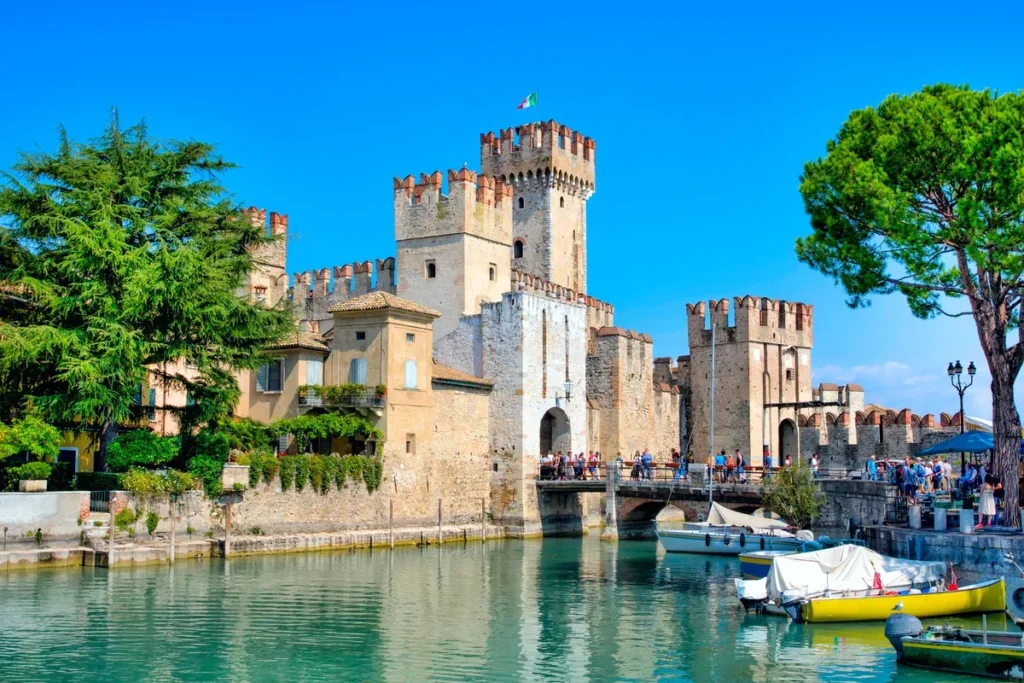
One of the coolest things about this period is the castles. Medieval families loved a good feud, and the lake was no exception. The Scaligeri family from Verona was the biggest player and their legacy lives on in the form of the Scaliger Castles dotted around the lake. You might have seen the one in Sirmione, right on the water’s edge. With its towering walls and moat, it’s like something straight out of a fantasy film – minus the dragons.
The Scaliger Castle in Malcesine is another stunning relic from this era. It’s perched on a rock, towering above the lake, making it a prime defensive structure. You can almost picture the medieval knights patrolling its walls, keeping an eye out for invaders. These castles were part of the constant power struggles that characterized the medieval period in this part of Italy.
Life wasn’t just about warfare, though. During these centuries, Lake Garda’s position along trade routes meant it attracted wealth and commerce. The lake connected northern Italy to the Mediterranean, making it a vital artery for merchants and traders. This brought prosperity, new ideas and cultural influences, making it a melting pot long before Venice or Milan dominated the scene.
The Venetians and a Dash of Pirates
By the 15th century, the Venetians had their sights set on Lake Garda. They wanted control of the lake because it was a key trade route connecting Italy to northern Europe. The Venetian Republic brought its own touch of refinement to the region, fostering the arts, trade, and, of course, wine production. Under Venetian rule, the lake flourished as a cultural and economic hub.
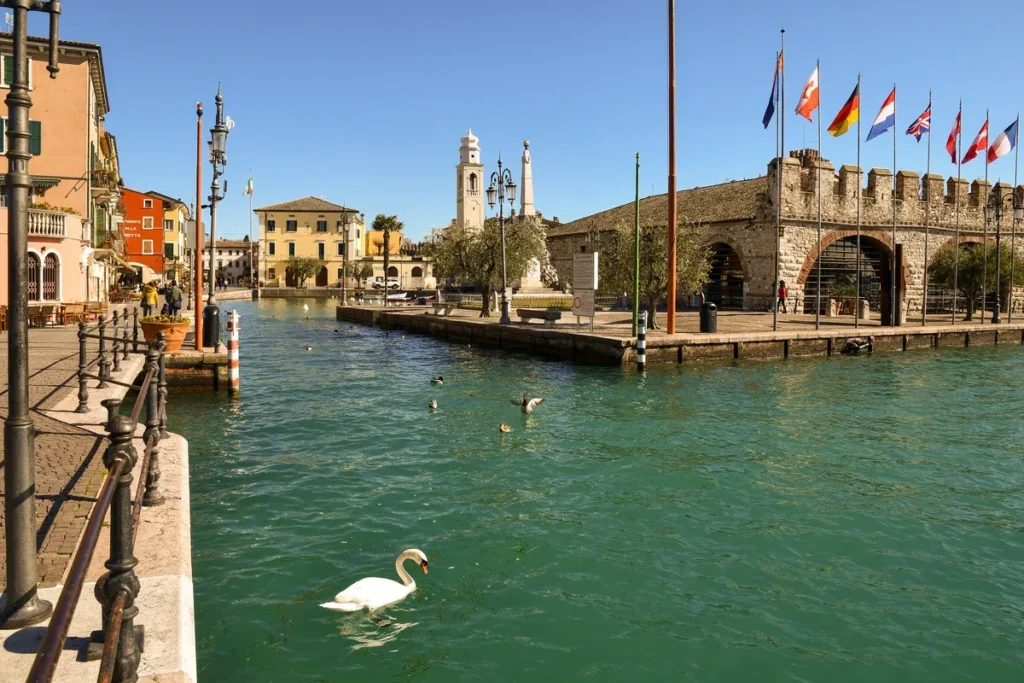
During this time, the lake was also home to pirates. Yes, you heard that right: pirates! But these weren’t your typical Hollywood-style buccaneers. These were outlaws and bandits who took advantage of the bustling trade routes to loot ships passing through. Imagine cruising across the lake and suddenly having a bunch of pirates board your boat – not exactly the serene Lake Garda experience we know today.
The Venetians, of course, were none too pleased about the pirate situation. They had enough battles to fight on land, let alone on water. They eventually cracked down on these rogue bands, securing the lake for commerce and travel. But the idea of pirates on Lake Garda? It’s one of those quirky historical tidbits that adds a little extra flavor to the lake’s already rich history.
With the Venetians came the rise of some beautiful architecture, particularly in towns like Sirmione and Desenzano. Venetian-style palazzi began to dot the lake’s shores, reflecting the grandeur of the Republic itself. Today, these buildings stand as a testament to the era when Venice ruled the lake, bringing a touch of refinement, culture, and, most importantly, protection from those pesky pirates.
Napoleon, Mussolini and Other Famous Guests
Napoleon Bonaparte may not have taken a swim in Lake Garda, but he did leave his mark here. During his Italian campaign in the late 18th century, he fought several important battles in the region, including the Battle of Lonato in 1796. His victories in northern Italy set the stage for the end of Austrian control over the area and contributed to his rise as one of Europe’s greatest military leaders. He likely appreciated the strategic importance of Lake Garda – and maybe the scenery didn’t hurt either.
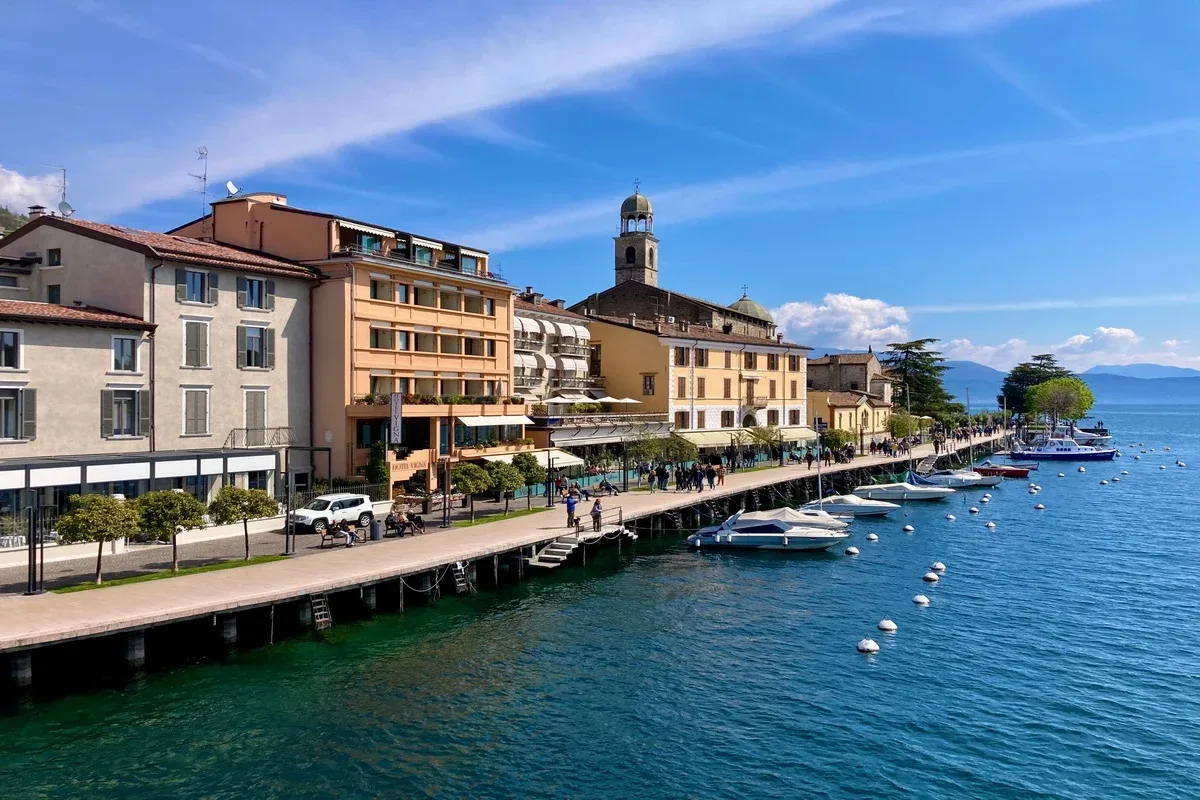
Moving into the 20th century, the lake became involved in a much darker chapter of history. During World War II, the town of Salò on the western shore was the center of the Italian Social Republic, a puppet state controlled by Benito Mussolini after his fall from power in 1943. The “Republic of Salò” was Mussolini’s last stand, and it was a chaotic and brutal time for the region. The town itself became synonymous with the fascist regime’s final days.
Salò’s role in history, however, hasn’t overshadowed its charm. These days, it’s a beautiful lakeside town with cobbled streets, colorful houses and an air of elegance that makes it hard to believe it was once the center of Mussolini’s desperate regime. But beneath the surface, there’s always a reminder of the town’s complicated past. The Museo di Salò even offers exhibits that dive deep into the town’s role during those turbulent years of the 1940s, blending the beauty of the lake with a sobering history lesson.
Lake Garda has always had its fair share of famous visitors. Besides Napoleon and Mussolini, literary and artistic figures have long been drawn to its shores. Dante Alighieri, the famed poet behind The Divine Comedy, is said to have passed through the area and many scholars believe the landscapes of Lake Garda may have influenced his descriptions of paradise in his writings. After all, if you’re looking for a spot that could double as heaven on earth, Lake Garda would be a solid contender.
And let’s not forget the more recent celebrity visitors. Opera legend Maria Callas spent many summers in Sirmione, and George Clooney is said to frequent the lake when he’s not hanging out at his villa on Lake Como. While they might not be shaping history like Napoleon or Dante, the star power of Lake Garda is undeniable, adding another layer to its allure.
Art, Literature and a Dash of Fame
Lake Garda has always been a muse for creative minds. In fact, its landscapes, peaceful waters and surrounding mountains have influenced countless works of art and literature. Virgil, the ancient Roman poet, was one of the first to put the region on the literary map. Born in Mantua, not far from the lake, Virgil often drew inspiration from the natural beauty of northern Italy in his poems, and while he didn’t write specifically about Lake Garda, it’s not hard to imagine him enjoying a lakeside stroll.
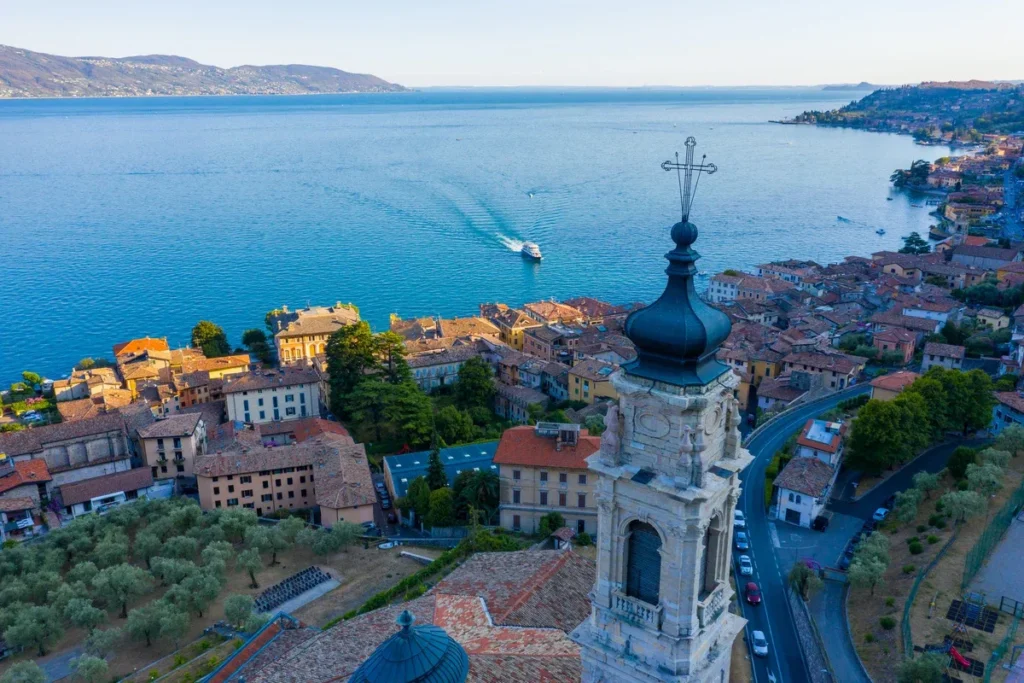
Fast forward a few centuries, and Goethe made a famous stop at Lake Garda during his grand tour of Italy in 1786. His enthusiastic descriptions of the lake in his travelogue Italian Journey helped spark a wave of European visitors who, after reading about Goethe’s experiences, wanted to see it for themselves. It’s amazing how a few poetic words can launch a tourism boom, but that’s exactly what happened. Thanks, Goethe!
The literary connection doesn’t stop there. D. H. Lawrence, famous for works like Lady Chatterley’s Lover, spent time in the small village of Gargnano on the western side of the lake. He found the region to be a quiet refuge, free from the distractions of city life. Gargnano’s rustic charm and the simple life of the locals served as a kind of antidote to the industrial world Lawrence wanted to escape. It’s easy to see why a writer would come here to recharge the creative batteries.
But it’s not just authors who’ve fallen for Lake Garda. Artists, composers and movie directors have all been drawn to its shores. Winston Churchill even spent time here after World War II, not as a politician but as a painter. Yes, Churchill was an avid painter, and he was known to set up his easel around the lake’s villages, capturing the stunning scenery on canvas. Who knew the same man famous for inspiring Britain through war speeches also found peace in the brushstrokes of Lake Garda’s landscapes?
The Local Culture: More Than Just History
Beyond the historical landmarks and famous names, there’s something special about the local culture of Lake Garda. The people here have been shaped by centuries of history, but they’ve also developed a way of life that’s distinctly their own. It’s a blend of northern Italian elegance with a laid-back lakeside vibe that’s hard to resist. From the food to the festivals, the culture of Lake Garda is something you don’t just read about – you experience it!
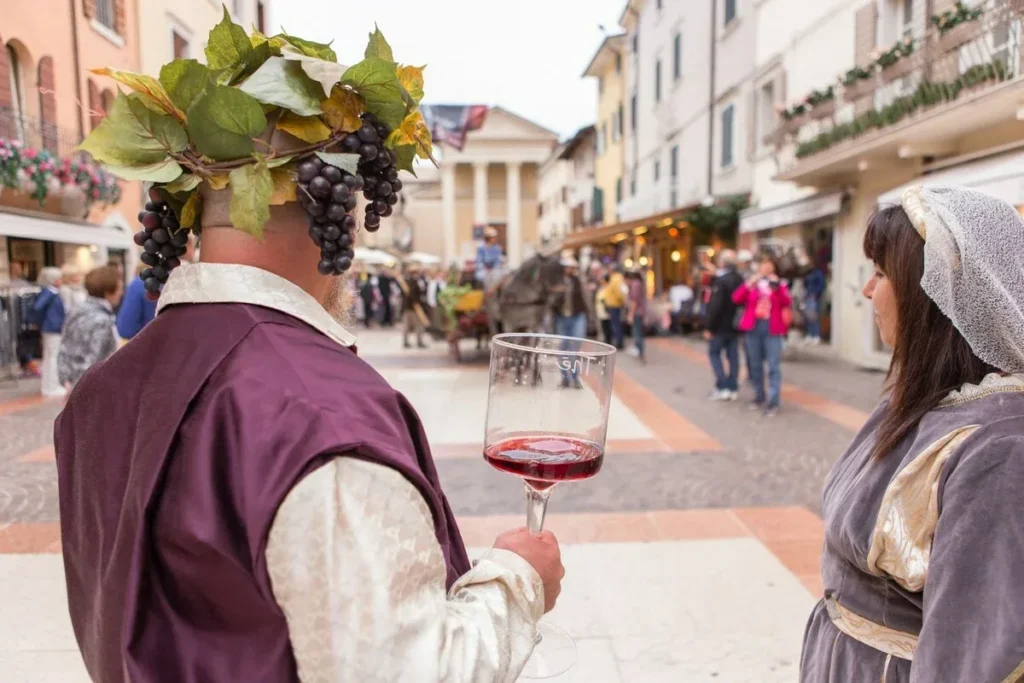
One of the most noticeable things is how central food and wine are to life here. Lake Garda’s mild climate makes it perfect for growing olive trees, vineyards and citrus fruits, which are used in countless local dishes. The wine, particularly Lugana and Bardolino, is some of the best in the region, and there’s nothing quite like sipping a glass of local wine while enjoying the sunset over the lake. Pair it with a plate of Risotto alla Tinca (that’s a local dish made with lake fish) and you’ve got yourself the ultimate authentic experience.
The locals love their festivals too. Throughout the year, there are countless events celebrating everything from wine and olive oil to music and medieval history. One of the most famous is the Festa dell’Olio, a celebration of the lake’s notable olive oil, where you can taste fresh, cold-pressed oil and learn about the centuries-old process of making it. Then there’s the Bardolino Wine Festival, where you can sample wines from all over the lake region while enjoying live music and dancing.
Lake Garda is also home to several music festivals, with something to suit all tastes. From classical performances in historical venues to modern rock concerts, there’s always something happening around the lake. One of the most impressive is the Tener-a-mente Festival, held in the ancient Roman amphitheater at Vittoriale degli Italiani. With its stunning setting and world-class performances, it’s no wonder music lovers flock here every year.












